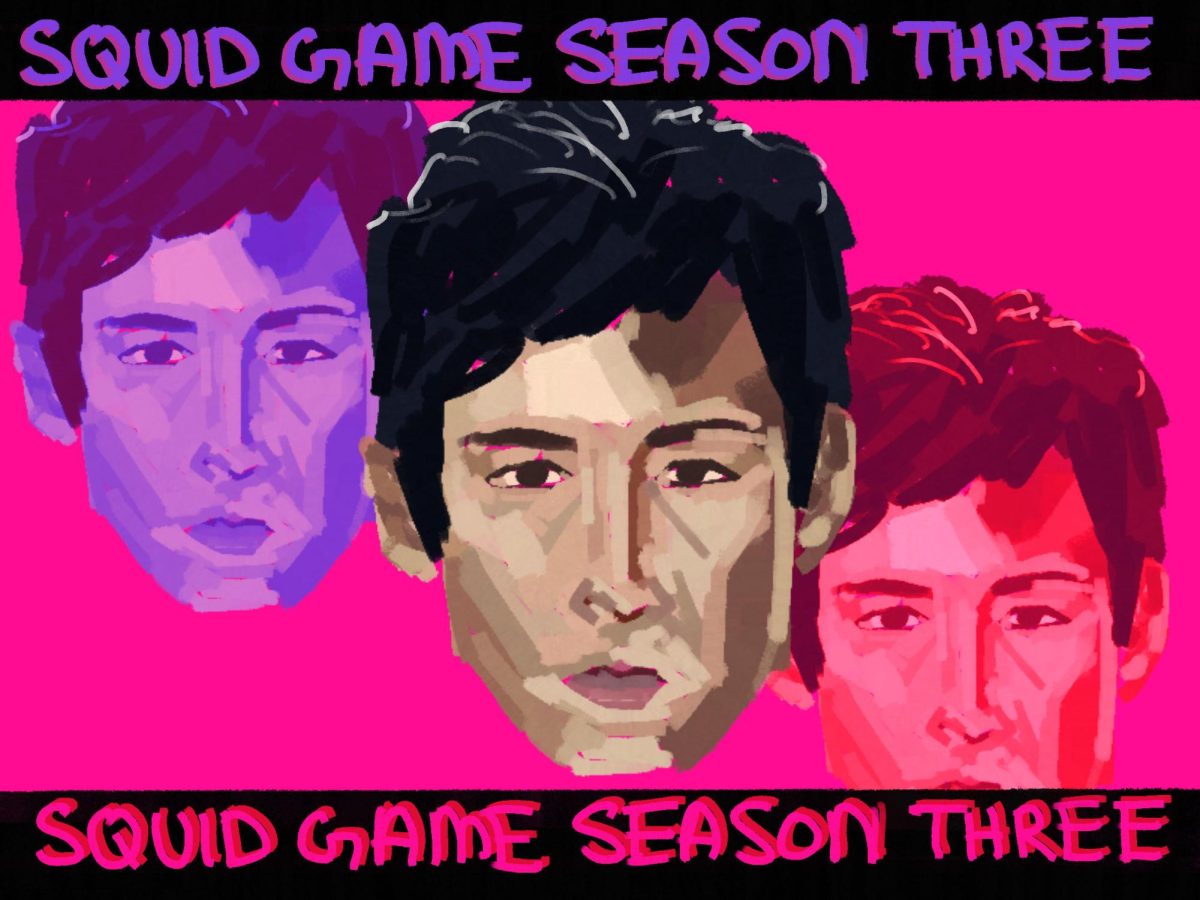Recently, an independent Swedish development team called Wrong Organ has taken the video game industry by storm with their groundbreaking new release, “Mouthwashing.” This innovative game has captured both gamers and critics alike with its unique gameplay and mechanics. What sets it apart is that it does not rely on challenging puzzles or skill-based tasks to engage players; rather, it draws them in through a deeply immersive narrative experience that unfolds in unexpected ways. In doing so, the game transforms the expectations of indie games and how they function, paving the way for games to come.
“‘Mouthwashing’ was expertly crafted—nothing in the game was unintentional and everything had a reason,” senior James White said. “From the dead pixel to the color of text used for characters, every little detail feels like it was given the utmost thought to capture the team behind its vision.”
The game itself focuses on a stranded crew of the space-faring freighter vessel, The Tulpar. The main characters include Curly, the captain; Jimmy, the co-pilot; Swansea, a blue-collar mechanic; Daisuke, Swansea’s young intern and Anya, a medic. After the team gets into an accident with an asteroid, they are forced to figure out not only how to survive but why their captain had directed the ship towards the asteroid.
Their captain, Curly, sustained the most severe injuries, losing most of his limbs, an eye and his ability to speak. Due to his critical condition, Jimmy assumed the leadership role. Jimmy becomes the primary perspective the player follows throughout the game. However, an interesting feature is that the game switches to Curly’s perspective before the crash, uncovering clues that gradually reveal the reasons behind the ship’s disaster. The story is not told chronologically but rather the narrative shifts fluidly between different time periods–past, present and future–in a spontaneous and engaging manner.
Months after the crash, the crew finds themselves on the brink of starvation as their good supplies run out. In a last-ditch effort to secure food, Jimmy suggests heading to the cargo area, which contains the supplies the vessel was sent out to ship. However, when they open the crates, they are shocked to find the contents are just bottles of mouthwash, giving the game its unique title. This unexpected and almost hilarious discovery amplifies the crew’s growing sense of hopelessness and confusion.
Although the surprise served as a humor factor, it actually plays into the game’s bigger themes of capitalism, which is unveiled as the player continues on into the game. Sensitive topics like alcoholism, mental health, nihilism and female autonomy are also explored as the player finds out more about the character’s interesting and sometimes scary personalities.
Not only was the narrative aspect of the game engaging, but the art style has captivated viewers as well. While most story-based games attempt to create more realistic graphics, “Mouthwashing” takes advantage of visuals inspired by early “PlayStation One” graphics.
“We don’t need state-of-the-art graphics to make something impactful,” Mouthwashing’s narrative and art designer Johanna Kasurinen said.
This choice gives the game a unique, retro aesthetic that leaves many fans commenting on how nostalgic and fresh the game is, evoking a sense of old-school charm while still supporting the game’s dark, psychological themes.
“The art style is super interesting and unique,” senior Nowra Khan said. “It inspires me as an artist to try out different, less conventional forms of art to invoke a nostalgic feeling.”
“I think the avenue of PSX style characters was also a good move, since it creates a sense of originality to the game in a world of Unreal Engine 5 level graphical fidelity,” senior Ajwad Karim said.
Other psychological horror games, such as the “Silent Hill 2” remake, have sold one million copies within the first week of their release, made possible with the support of their built-in fan base and large development and publishing studios. These games have the advantage of massive marketing budgets, high production values and the backing of well-established franchises.
In contrast, “Mouthwashing” might seem small on the surface, but its success is a testament to the potential of indie games. With an estimated 515,000 copies of the game sold and around 117, 200 TikTok posts featuring #mouthwashing by mid-December, the game has garnered attention worldwide, especially considering its modest origins. While it hasn’t reached the sales figures of Silent Hill 2, “Mouthwashing” has made a major impact despite being an indie title created by a tiny development team of just five people. This level of success for a game with limited resources highlights a larger truth in the gaming industry: a team doesn’t need millions of dollars or a massive corporation behind them to create something that resonates with players.













![”[Billie Eilish] truly was made to be a performer and I hope everyone has a chance to see such an amazing show,” junior Nyelle Sarreal said.](https://nhpchariotonline.com/wp-content/uploads/2025/06/IMG_1108-e1749239774437-1200x860.jpeg)



















